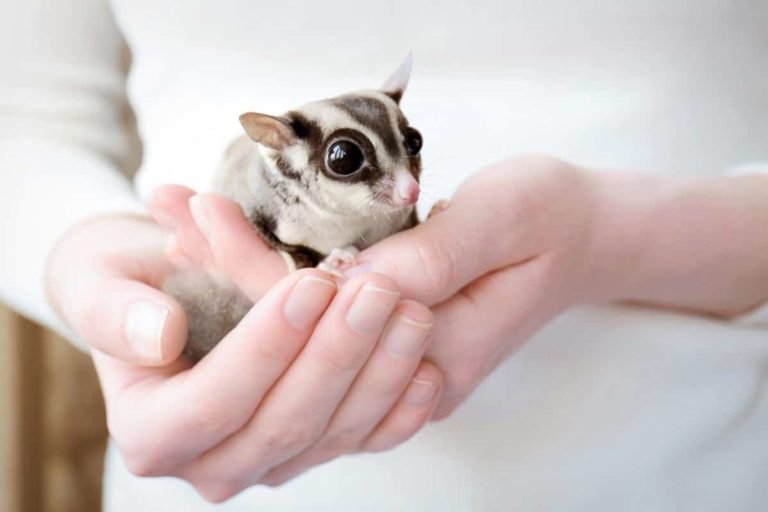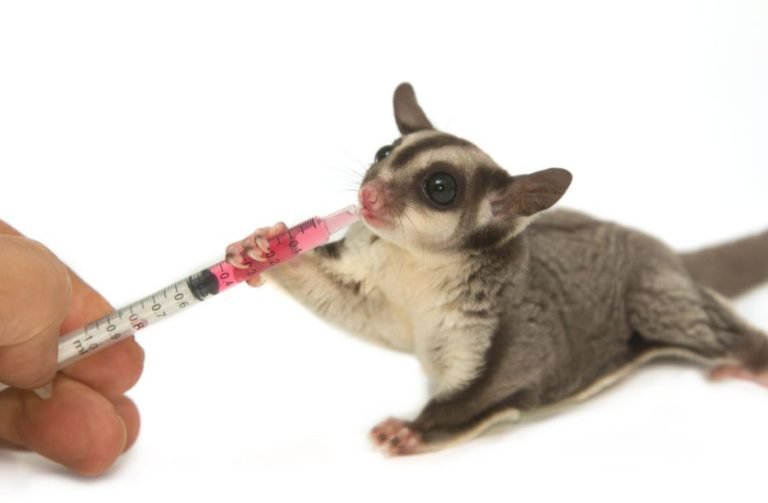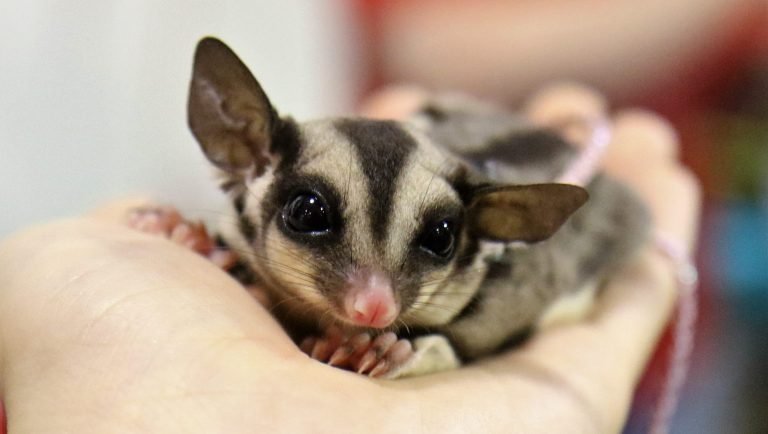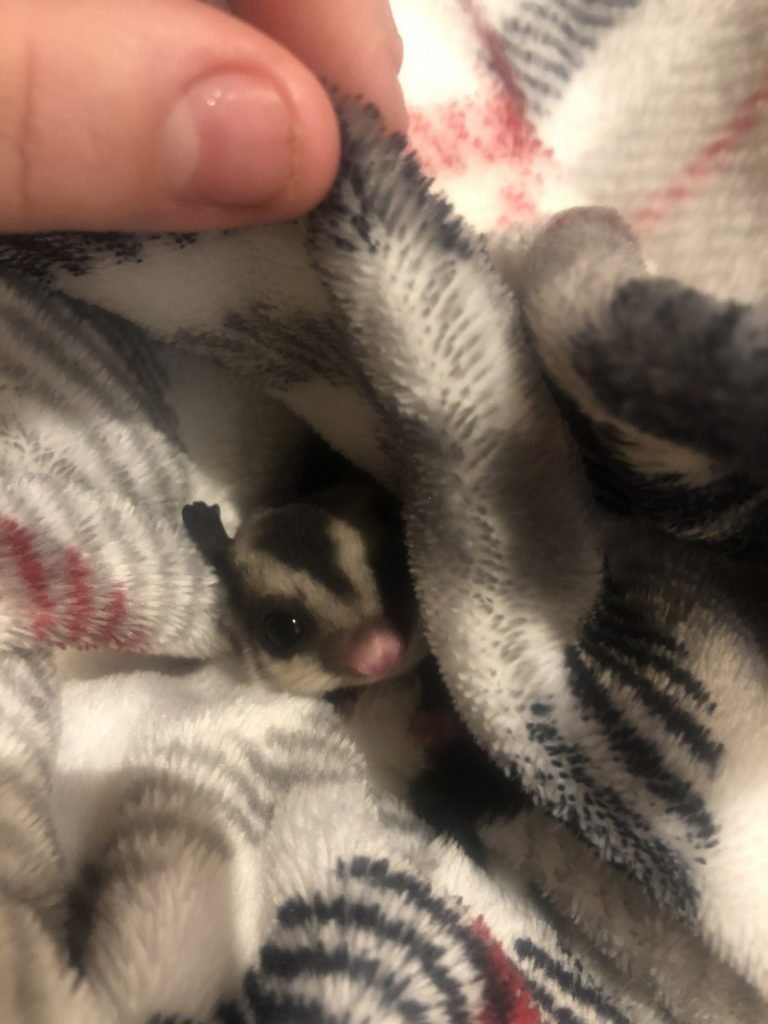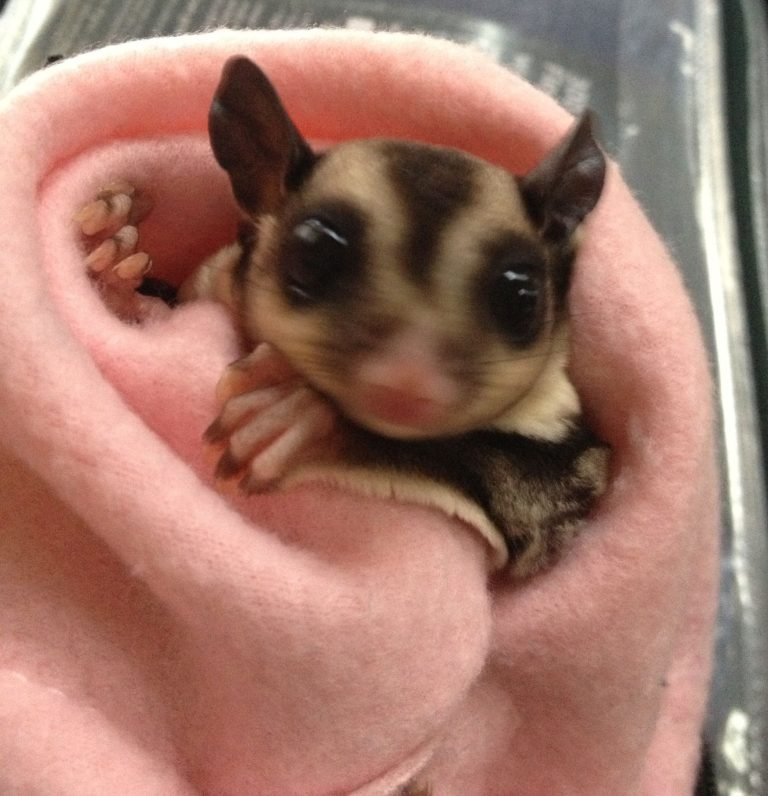Sugar Glider Shipping
Sugar Glider Shipping: Everything You Need to Know
If you’re considering adding a sugar glider to your family, you may be wondering about the logistics of getting your new furry friend home. Sugar glider shipping can seem like a complicated process, but with the right information and understanding, it doesn’t have to be stressful. In this article, we’ll break down the key aspects of sugar glider shipping, from finding a reputable breeder to preparing for the journey. So, let’s dive in and explore the world of sugar glider shipping!
Finding a Reputable Breeder
When it comes to sugar glider shipping, the first step is to find a reputable breeder. Don’t rush this process, as choosing the right breeder is crucial for the health and well-being of your sugar glider. Here are a few things to consider when searching for a breeder:
1. Research: Take the time to research different breeders in your area or online. Look for reviews, testimonials, and any complaints. It’s essential to choose a breeder with a good reputation and a track record of providing healthy sugar gliders.
2. Visit the Breeder: If possible, visit the breeder in person. This will give you an opportunity to see their facility, meet the gliders, and ask any questions you may have. Pay attention to the cleanliness and overall conditions of the breeding facility.
3. Health Guarantees: A reputable breeder will provide health guarantees for their sugar gliders. They should be knowledgeable about genetic issues and be able to provide you with information on the lineage of their gliders.
4. Communication: Communication with the breeder is vital. They should be responsive to your inquiries and willing to answer any questions you have. A good breeder will also provide ongoing support and guidance even after you’ve brought your sugar glider home.

Preparing for Shipping
Once you’ve found a reputable breeder and chosen your sugar glider, it’s time to prepare for shipping. Here are the key steps to ensure a smooth journey for your glider:
1. Arrange Transportation: Work with the breeder to determine the best transportation method for your sugar glider. Depending on the distance, shipping may be done via air or ground transport. Ensure that the chosen method is safe and adheres to all required regulations.
2. Temperature Regulation: Sugar gliders are sensitive to temperature extremes, so it’s crucial to ensure the transportation environment will be adequately regulated. This may involve using temperature-controlled containers or choosing appropriate shipping dates during mild weather.
3. Crate Training: Crate training your sugar glider is a crucial step in preparing for shipping. Introduce the travel crate gradually, allowing your glider to become familiar with it. Place familiar bedding, toys, and a water bottle inside the crate to provide comfort during the journey.
4. Health Check: Before shipping, ensure that your sugar glider is in good health. Schedule a thorough check-up with a veterinarian familiar with exotic animals. This will ensure that your glider is fit to travel and help prevent any potential health issues during the journey.
During Shipping
Shipping day has arrived, and it’s important to take certain precautions to ensure the well-being of your sugar glider during the journey. Here are some tips to keep in mind:
1. Notify the Breeder: Inform the breeder of the shipping date and provide them with any necessary contact information. This way, they can coordinate with the airline or shipping company and stay in touch throughout the process.
2. Comfort in the Crate: Place a familiar blanket or shirt that smells like home in the travel crate. This will provide comfort and familiarity for your glider during the journey.
3. Appropriate Food and Water: Pack a small amount of your glider’s regular food and include a water bottle with a secure attachment inside the crate. Make sure the water bottle is adequately filled and won’t leak during transit.
4. Stay in Contact: Throughout the shipping process, stay in contact with the breeder and shipping company. This will help you stay informed about any delays or changes in the shipping schedule.
After Arrival
Congratulations! Your sugar glider has arrived safely at their new home. Now it’s time to focus on helping them settle in and adjust to their new environment. Here are a few tips for a smooth transition:
1. Allow Rest and Recovery: Give your sugar glider some time to rest and recover from the journey. Limit handling for the first few days and provide a quiet, stress-free space for them to acclimate.
2. Bonding and Socialization: Spend time bonding with your new sugar glider by offering treats, gentle handling, and playtime. Gradually introduce them to their new surroundings and other members of the household.
3. Veterinary Check-up: Schedule a follow-up visit with an exotic animal veterinarian to ensure that your sugar glider is healthy and free from any travel-related stress or injuries.
4. Proper Diet and Care: Learn about the specific dietary and care needs of sugar gliders. Provide a high-quality diet consisting of fresh fruits, vegetables, and a balanced sugar glider pellet.
Frequently Asked Questions
1: How much does sugar glider shipping cost?
The cost of sugar glider shipping can vary depending on multiple factors, including the distance, mode of transportation, and additional services required. Generally, shipping a sugar glider domestically can range from $100 to $400, while international shipping may cost significantly more.
2: Can I ship a sugar glider internationally?
Yes, it is possible to ship sugar gliders internationally. However, it involves additional considerations, such as customs regulations, health certificates, and quarantine periods. Be sure to research and comply with all the requirements of the destination country before proceeding with international shipping.
3: Is sugar glider shipping safe?
With proper planning and attention to detail, sugar glider shipping can be safe for the animals. Choose reputable breeders or shipping companies that prioritize the well-being of the sugar gliders. Ensure proper crate training, temperature regulation, and communication throughout the shipping process. Following these guidelines significantly reduces the risks associated with sugar glider shipping.
Final Thoughts
Shipping a sugar glider may seem like a complex process, but with the right knowledge and preparation, it can be a smooth and stress-free experience. Remember to research reputable breeders, prepare for shipping, and prioritize the health and well-being of your sugar glider at every step of the journey. By taking these precautions, you’re setting the stage for a happy and healthy life with your new furry friend!

